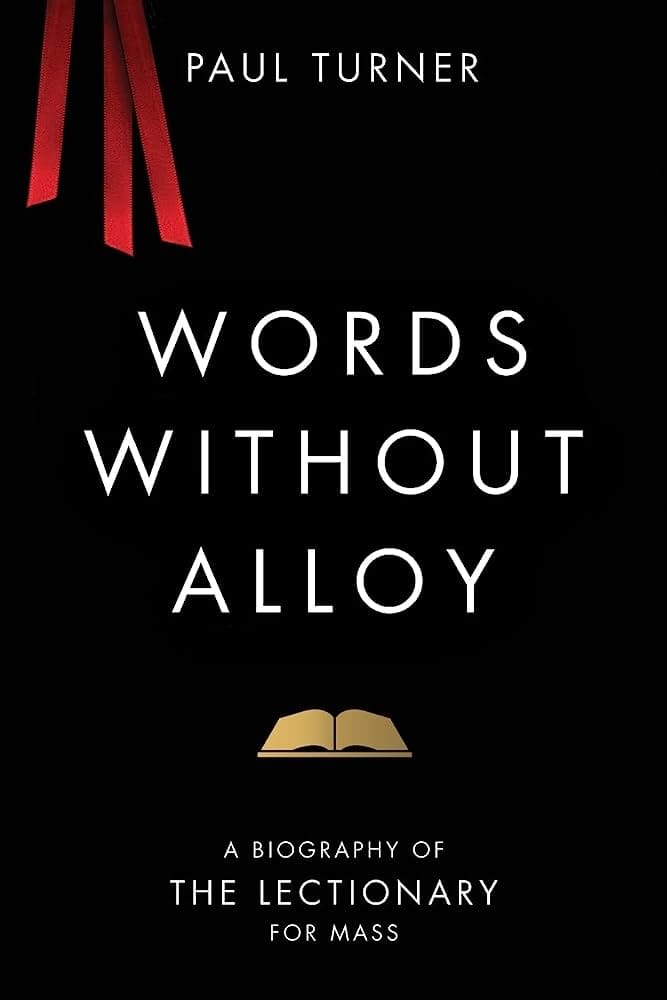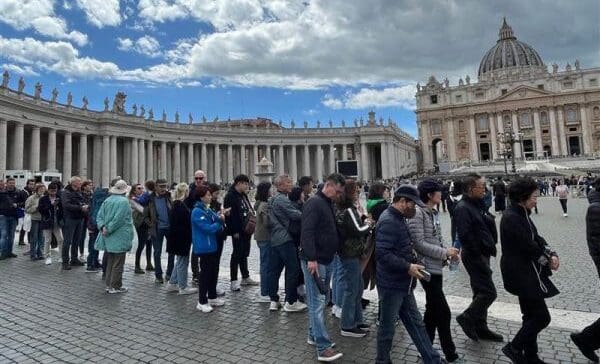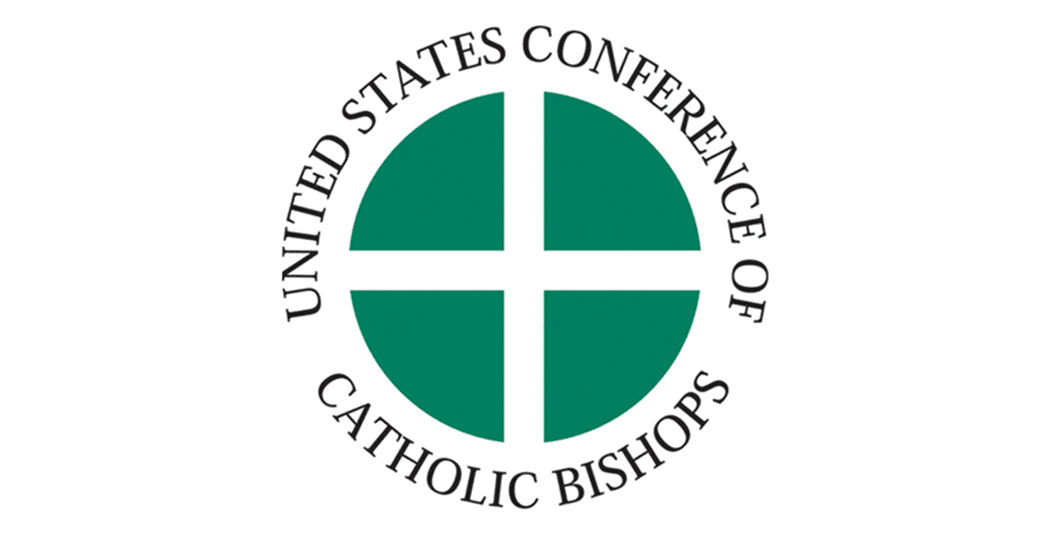
One of the Second Vatican Council’s generally accepted and less controversial liturgical reforms was that of the Lectionary, both for Sundays and weekdays. Sacrosanctum Concilium (SC) prescribed (35.1) as “general norms” for overall liturgical reform, that “[i]n sacred celebrations there is to be more reading from holy Scripture, and it is to be more varied and suitable.” Concretely with reference to the Mass, the Council stipulated (SC, 51) that “[t]he treasures of the Bible are to be opened up more lavishly, so that richer fare may be provided for the faithful …. In this way, a more representative portion of the holy Scriptures will be read to the people in the course of a prescribed number of years.”

Some circles have attacked the reformed Lectionary, not primarily because it is broader but because it is missing negative hortatory moral texts (e.g., Romans 1:24-32 or I Peter 4:13-18), although a smaller traditionalist subset appears to object to the expansion in itself. To the latter group, the longer cycle of readings dilutes the moral focus they attribute to the former Lectionary, turning the Sunday readings into a Scripture course rather than nourishment for moral life.
Let’s remind ourselves of some of the key achievements of the reformed Lectionary. These attainments are important in themselves, even before we consider the practical changes in the new Lectionary’s structure and their comparative advantages.
As a general principle, the new Lectionary strengthened the importance of the Liturgy of the Word. It did this both by recognizing it as an essential part of the Eucharistic celebration and as a different form of God’s Presence (cf. Dei Verbum, 21) in the Mass. In highlighting the importance of the Liturgy of the Word, the new Lectionary created some balance between Word and Sacrament, important in itself but also as an ecumenical witness to Protestant brethren (who tended to skew in the opposite direction).
In practical terms, the new Lectionary enriched Catholics’ familiarity with scripture by enhancing the role of the Old Testament, which was largely invisible in the previous Lectionary. By adding a “First Reading” as a third reading on Sundays and solemnities, large sweeps of the liturgical year now include Old Testament readings. Likewise, the Old Testament goes from being practically absent to systematically read in the weekday Lectionary.
By adopting a three-year dominical cycle of readings, the Lectionary expanded the previous one-year Sunday cycle and reduced the dominance of the Gospel of Matthew in it. Similar growth occurred in the two-year weekday cycle of readings, also tending to anchor readings to the liturgical year rather than particular saints or votive Masses.
One suspects, however, that asked how the new Lectionary met the Council’s call for “richer [Scriptural] fare,” even the average priest might cite—and end—on the three-year Sunday cycle. That cycle is among the Lectionary’s most important, but not its only achievement. The regular lectio continua of Paul—both on Sundays and on weekdays—is another, but less often commented upon, feature. So is the alternation on weekdays between the Old and New Testaments. Perhaps we have grown so familiar with the practice that one has to be at least in one’s 60s to remember two rather than three readings on Sundays or the novelty of regularly including the Old Testament.
But to stop at those changes—important as they are—shortchanges the breadth of the new Lectionary’s achievements. Paul Turner’s Words without Alloy: A Biography of the Lectionary for Mass looks at some of these other achievements. “Why do we have the readings we have on the days we have them?” is Turner’s opening question (ix). His book is the answer and the history behind it.
Behind the Text
Turner takes us through the twists and turns of Study Group 11, the working group after the Second Vatican Council charged with producing the new Lectionary, based primarily on their documentation. One must remember that some of the Group’s challenges were outside its remit, e.g., they were not responsible for the Roman Calendar reform, to whose contours the Lectionary would be tailored.
Consider our three-year Sunday readings cycle. Should it have been three years? Or four? A three-year cycle privileges the Synoptics (Matthew, Mark, and Luke) at the expense of John. But how would one make a full year’s worth of Sunday readings from John, given the qualitative differences between his Gospel and the Synoptics? The Synoptics often report many events in the life and teaching of Christ briefly; John reports fewer incidents, but expands on them extensively to make his theological points. Would such readings then spread over multiple Sundays?
On the other hand, Mark’s Gospel is markedly shorter than Matthew or Luke. Can we make a full year’s worth of readings from it?
Some Gospels would be fixed to a day, perhaps out of tradition (e.g., the Shepherds Narrative and Johannine Prologue at Christmas Day Masses) or because it’s the only appropriate text for the day (e.g., the narrative relating the Magi, who alone appear in Matthew, on Epiphany). What about seasons like Lent and Advent? Should they have a fixed, annual cycle of Gospels? A preferred cycle with alternates (e.g., the Johannine Gospels for the Third, Fourth, and Fifth Sundays of Lent, with alternate texts in years B and C)? A fixed set of themes (e.g., John the Baptist and his ministry on the Second and Third Sundays of Advent, a prenatal text involving the Holy Family for the Fourth Sunday)?
Almost half the year is taken up by the post-Pentecost Sundays of Ordinary Time. Should such a chunk of time be divided up in terms of readings and themes and, if so, how? Should—and if so—how should the Sunday and weekday readings interact? Or the readings for Mass and for the Liturgy of the Hours?
How should history be taken into account? Would history be seen as the contemporary Lectionary in force with which the Study Group was working, or would it be taken in a broader context? As an illustration of the former, should certain traditional Lenten weekday readings stay in place, even though they had more to do with the specific history of Roman stational churches than the theology of Lent? As an example of the latter, while three Sunday readings seemed a novelty in 1964, was that not the arrangement Ambrose knew in the Patristic era, as Turner asks (4)?
Turner shows how such questions were eventually worked out.
Pastoral Detour
Of particular interest to me was when the Study Group deviated from its theological principles in order to take “pastoral considerations” into account. To this reviewer’s mind, whenever they did that, they confirmed the old adage, attributed to numerous writers: “Whoever marries the spirit of the present age will be a widower in the next.” One such consideration was whether readings were “too long,” “too complex,” or even whether the three-part set of Sunday readings should be optional. The length-and-complexity argument might have militated against swaths of John; though, on the opposite side, many readings from Mark (especially on post-Epiphany Sundays in year B) seem brief. Compared to the Synoptics, one could argue that a proportionately larger part of the Johannine corpus is unrepresented, at least in the Sunday Lectionary.
Happily, “pastoral considerations” did not lead to the three-part Sunday reading structure becoming generally optional, though I suspect there are some national indults on this matter because, when I lived in Switzerland a decade ago, it was not uncommon at German Masses for one reading to be dropped in favor of “singen wir zusammen!” (Let’s all sing together!). I also expect that “pastoral” accommodation is why some of the more “judgmental” passages of Scripture got short shrift. Take I Corinthians 11:27-32, on unworthy reception of the Eucharist: neighboring verses (11-26, 33) are featured in Weekday Year II, Monday of the 24th Week of Ordinary Time, but verses 27-32 are dropped. Likewise, while the preceding verses (23-26, Paul’s account of the institution of the Eucharist) appear annually in the Second Reading for Holy Thursday Evening and Year C for Corpus Christi, verses 27-32 never show up in a Sunday reading. Considering the pastoral situation not uncommon in American circles when the Study Group was working—people often would not receive Communion without prior Confession—one must imagine the swing of the pendulum to the other extreme by leaving those verses out of the Lectionary was not indeliberate. I’d maintain it was pastorally wrong.
A good part of Turner’s book is a detailed, Sunday-by-Sunday, and then weekday survey of how the readings for that day came to be, including the logic that brings together the readings for a particular Sunday (both among themselves and within the broader vision of the Lectionary) as well as what the Study Group considered but did not adopt for that particular day. Reading these “biographies” of particular sets of Sunday readings may be particularly useful to priests preparing homilies to see more fully the rationale behind those selections (and perhaps even how the decision to use reading A rather than reading B developed a theme).
A Strict Read
Turner generally sticks to the history of how we got the readings in the arrangements we got them, usually not asking whether the results turned out as well as perhaps was expected. He’s also good at pointing out where readings came from, especially on weekdays: where did a particular reading fit in the Lectionary, within broader liturgical history and/or in the version in force in the Study Group’s time?
The author turns to some of his own thinking in a brief “Concluding Observations.” There, he notes some of the ways he thinks the opportunities the new Lectionary affords continue to go unrealized. Among them are: a tendency to focus on the Gospel (which does, after all, enjoy pride of place) and sometimes the First Reading, because they are usually thematically linked, while leaving “unnoticed” the “hard work that placed key passages from New Testament epistles” (277) into the Sunday cycle; a focus on a particular Sunday without necessarily linking its readings to the wider cycle, even when that’s obvious (e.g., the Johannine Eucharistic discourse or Matthean parables that show up in summer); and ignoring linkages between the entrance/communion antiphons, responsorial psalms, and the readings.
Overall, Words without Alloy is a well-documented study of how the current Sunday and weekday Catholic Lectionary came to be, including its often detailed but underpinning infrastructure not usually visible to the eye. It deserves readership among clergy, liturgists, and liturgical planners.
John Grondelski (Ph.D., Fordham) was former associate dean of the School of Theology, Seton Hall University, South Orange, NJ.


